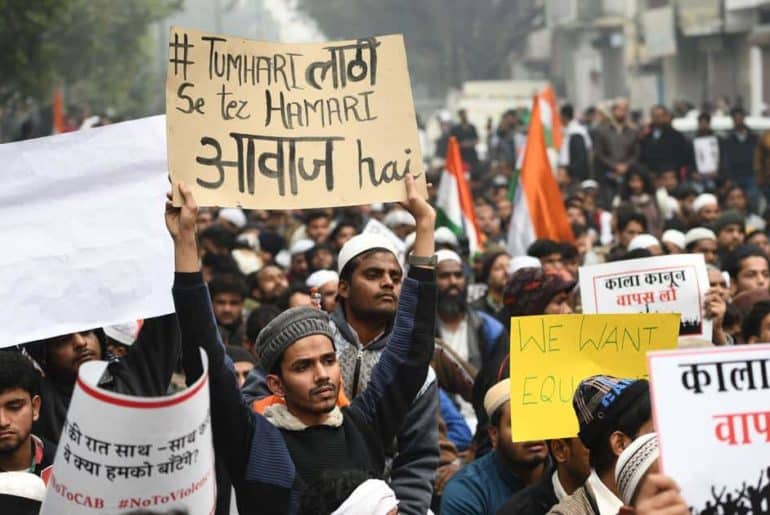The entire country will be segregated into red, orange, and green zones based on number of reported cases from each region.
The countrywide lockdown has been extended till 3rd May. The Prime Minister in his address to the nation stated that the entire country will be divided into three zones: red, orange, and green. These zones will be formed based on number of the cases in that area. Areas with sizeable cases will be in the red zone. There will be little to no activity allowed in this zone. The status of orange zones will be given to those areas that reported positive cases in the past but saw no increase in the number of cases. Those districts where no coronavirus cases were reported will be categorized as the green zones.
Chief Ministers of multiple states proposed the opening of liquor shops as the revenue generated through them adds a considerable amount to the state revenue. In green zones, citizens will be permitted for limited movement across the zone itself. The limited movement will most likely put the green zones at risk of turning into orange zones. Many districts in Maharashtra reported cases with no travel history or close contact with anyone having a travel history. Yashvi, a student of Miranda House College opined: “The decision of categorizing regions into three different zones is going to be complex, and faulty implementation might lead to serious repercussions such as spreading of wrong information and a spike in new cases.”
India’s containment strategy is still being accurately mapped out. Hotspots or red zones will have strict travel restrictions. Many bureaucrats are apprehensive about the impacts the pandemic will have on the economy. According to the World Bank’s prediction, India will witness a growth of not more than 1.5 to 2.8 percent.
Feature Image Credits: DNA India
Suhani Malhotra

